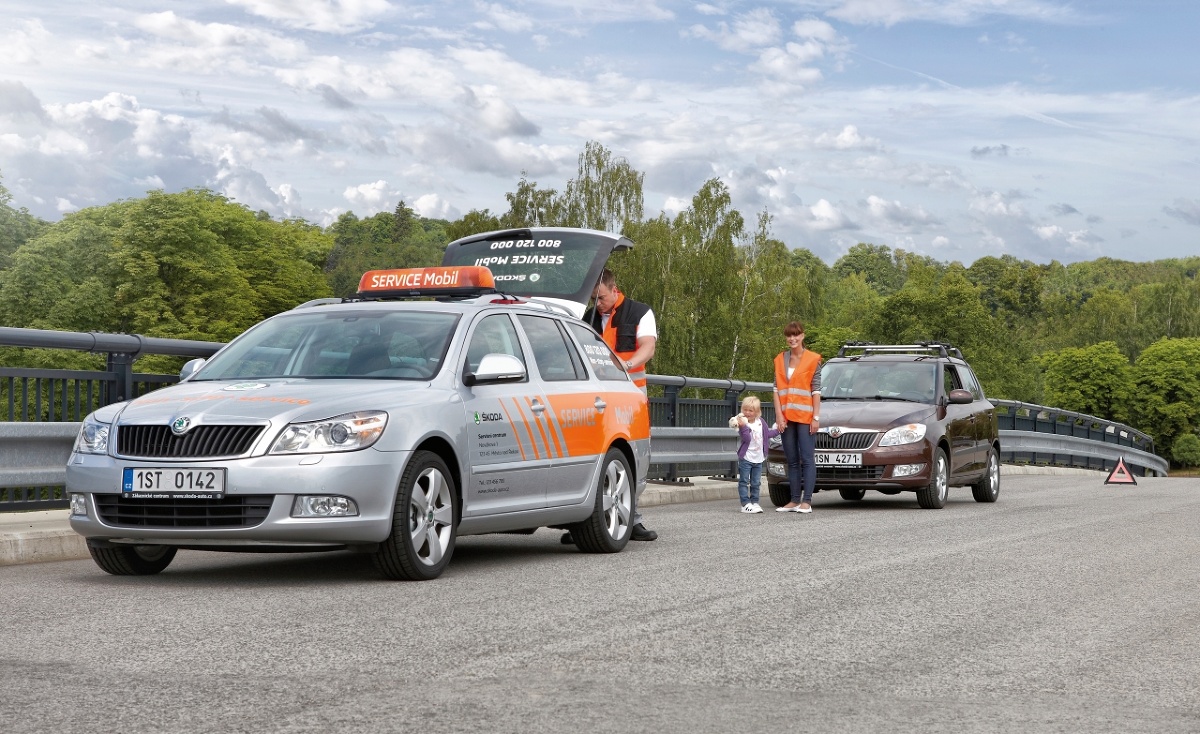
How to safely tow a car
 Towing vehicles requires special care on the part of both drivers and close cooperation between them.
Towing vehicles requires special care on the part of both drivers and close cooperation between them.
So it's worth knowing how to do it safely and in accordance with the rules.
 Car on a rope
Car on a rope
As a general rule, the driver of the towed vehicle should be more experienced. In addition, before driving, you should agree on the communication method. These can be hand signs or traffic lights. Decide which gesture or sign will tell you to stop or maneuver. This requires a lot of attention from drivers and constant monitoring of what is happening in the other vehicle.
In the event of a sudden breakdown of your car and the need to tow it, it is worth knowing how to do it safely and in accordance with the regulations. The police agree that most Polish drivers have little idea of the correct rules for towing a damaged car. It is common to use the wrong towline, keep the wrong distance between vehicles and mark them poorly. Meanwhile, the Rules of the Road define exactly how a car should be towed.
The most important thing is to comply with the appropriate safety conditions. As a general rule, the driver of the towed vehicle should be more experienced. So if someone has a driver's license and more skills than the owner of the damaged car, you should replace yourself and let the person drive the towed car. If towing is done with a flexible tow, the cable should be kept under constant tension so that it does not drag along the road and there is no unnecessary jerking.
Towing vehicles requires the close cooperation of both drivers. Therefore, it is worth deciding on the method of communication even before you get behind the wheel. These can be hand signs or traffic lights. Decide which gesture or sign will tell you to stop or maneuver. This requires a lot of attention from drivers and constant monitoring of what is happening in the other vehicle.
Important rules - advises Chief Commissioner Marek Konkolewski from KWP Gdańsk
The permitted speed of the towing vehicle is 30 km/h in populated areas, 60 km/h outside of it. The tractor must always have low beam headlights on, and the towed vehicle must be marked with a reflective warning triangle mounted on the rear left side of the vehicle. When visibility is poor, the towed vehicle must have its parking lights on, not low beams, so as not to dazzle the driver in front. The distance between vehicles on the flexible towline must be 4-6 meters and the towline must be marked with alternating red and white stripes or with a red or yellow flag posted in the middle of the towline. It is forbidden to use any other type of tug, as this may lead to a dangerous situation.
Tow safely
1. When towing a vehicle, drive slowly. At a lower speed, it is easier to drive a car in an emergency, difficult situation.
2. If possible, we will try to choose a relatively less passable route. The method should be discussed in advance so that there are no misunderstandings later.
3. It is necessary to comply with the traffic rules and mark both vehicles accordingly. Don't forget to turn on the headlights. In case of poor visibility in a towed vehicle, position lights should be used rather than dipped headlights, as they can easily dazzle the driver of the towing vehicle.
4. Before moving on, let's establish some ground rules for communication. Let's determine exactly the meaning of the gestures that we will use if necessary.
5. Keep your speed as stable as possible when towing your vehicle. Avoid sudden accelerations and jerks. Make sure the tow rope is properly tensioned. A sled dragging along the ground can become entangled in the wheels and create a very dangerous situation.
Commissioner Marek Konkolewski provided advice.
Help on the road
When our car categorically refuses to obey or when it is not suitable for towing on a cable, the only thing left is to use the services of technical assistance on the road. Unfortunately, transporting a car on a platform is not cheap. The cost of the service always includes both the entrance and return of the tow truck, as well as the loading and unloading of the damaged car onto the platform. Additional costs are charged for inconveniences, such as: the included gear, handbrake, damaged wheels, dents in sheet metal that prevent the car from moving freely or pulling the car out of a ditch.
» To the beginning of the article